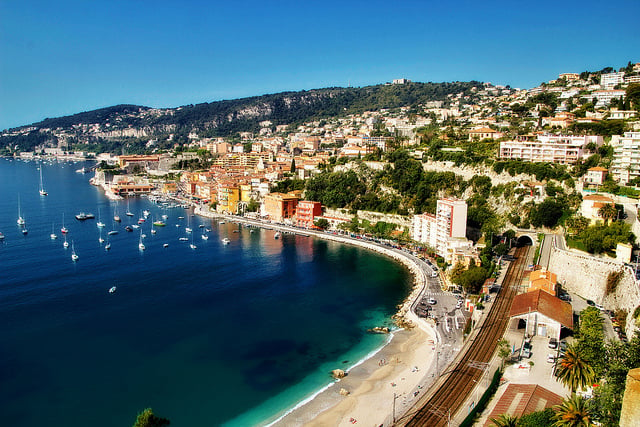




Tourists are naturally drawn to Europe’s coastlines in the summer – but one particular type of seaside region has fascinated travellers more than most since the 19th century: the riviera, writes academic Jordan Girardin in an article for The Conversation.






Member comments